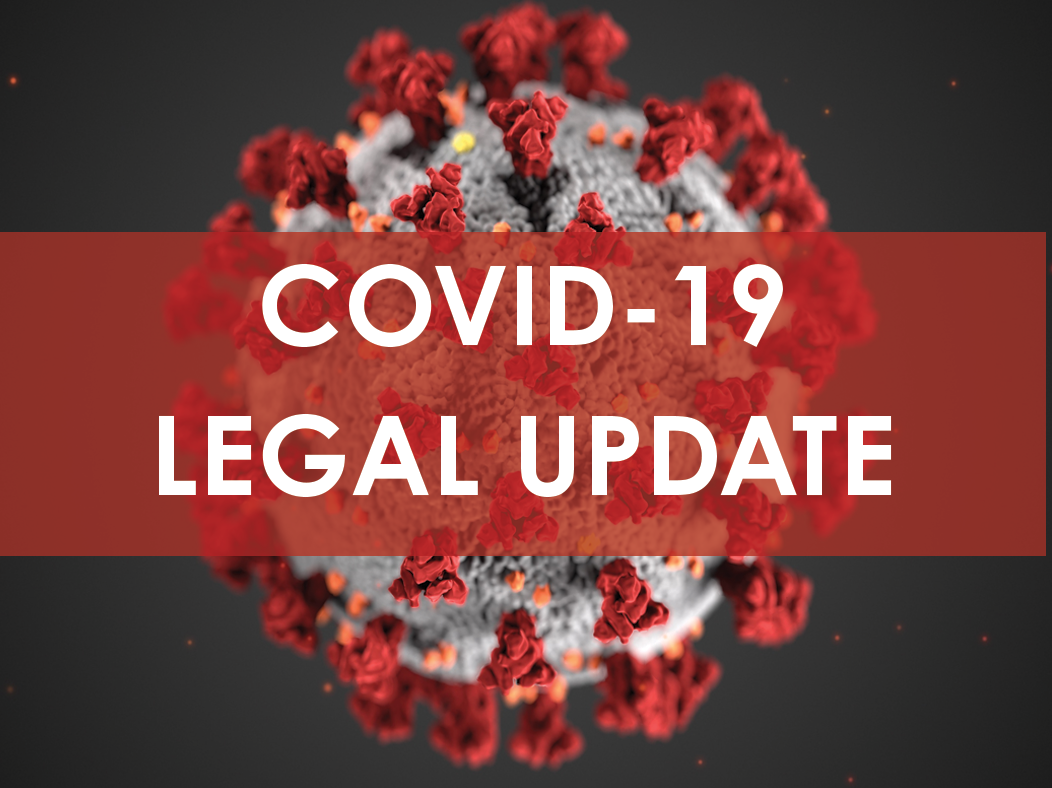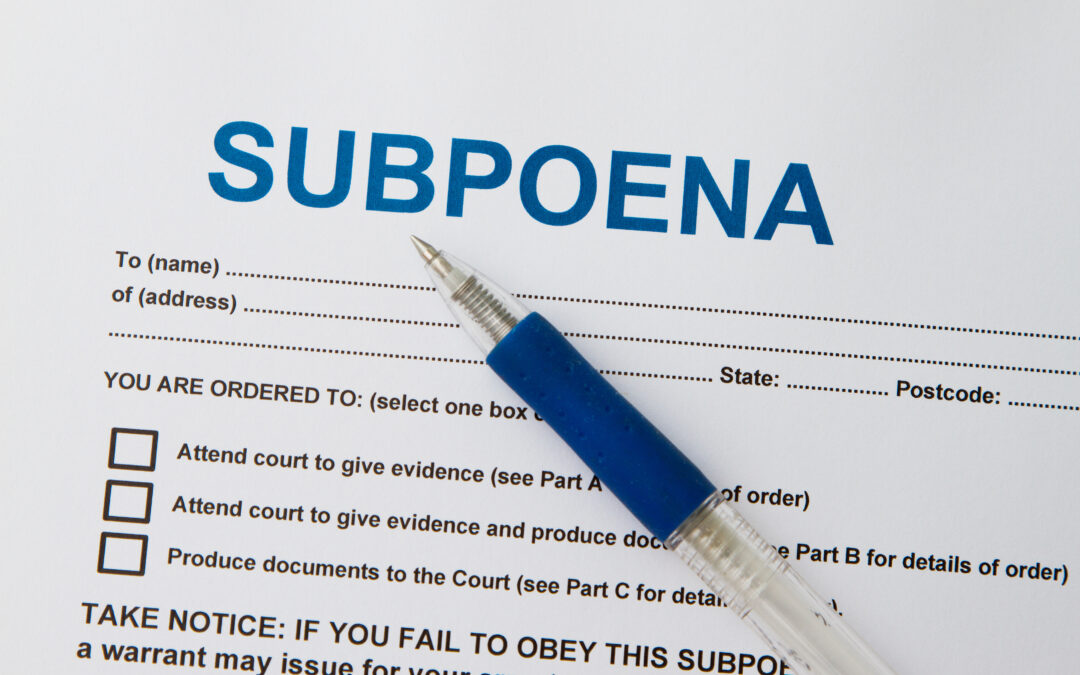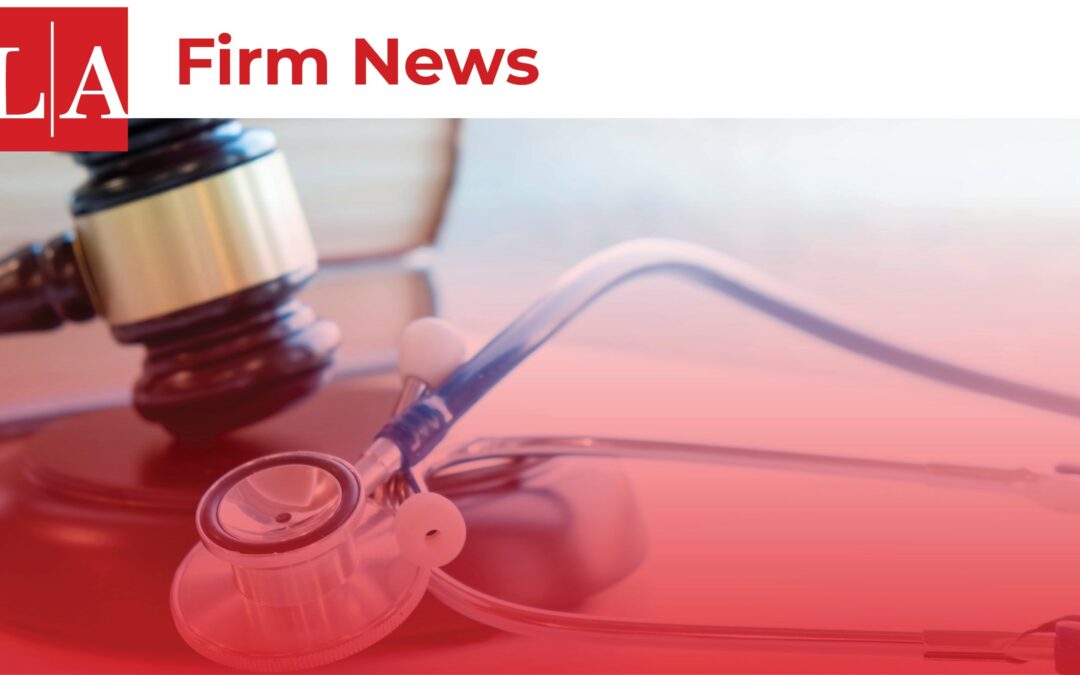On Friday, May 22, the Small Business Administration (“SBA”) issued long-awaited guidance on PPP loan forgiveness as well as guidance regarding its loan review procedures and borrower and lender responsibilities. The new guidance follows the recent release of the PPP loan forgiveness application, which we previously analyzed here.
Over the last few weeks, we have had a number of conversations with our clients regarding ways to utilize PPP loan funds in a manner which will both comply with SBA requirements and maximize loan forgiveness. The new regulations answer some of the questions we have been discussing, but remain silent on others.
Here are some key takeaways:
As we had hoped, the SBA provided definitive guidance about employee bonuses and hazard pay paid during the covered period: they may, indeed, be included in “payroll costs” eligible for loan forgiveness because the SBA clarified that they fall within “other similar compensation” of the payroll costs definition. But be mindful: bonuses, hazard pay, and the like will only qualify for forgiveness if paid to employees whose total compensation does not exceed $100,000 on an annualized basis. In any event, the maximum amount of cash compensation for all employees is still $15,385 during the covered period.
According to the SBA: “In general, payroll costs paid or incurred during the eight consecutive week (56 days) covered period are eligible for forgiveness.” In addition, “payroll costs” specifically include “payment of any retirement benefit.” This Interim Final Rule general statement appears to have answered the question: Does it matter when you incurred the obligation to make the employer contribution, so long as you actually pay it during the covered period? After all, the above-quoted general statement says “paid OR incurred.”
In applying the “paid or incurred” standard to an employer’s retirement contributions, we can be certain that employers paying retirement contributions for each employee contemporaneously with, and directly related to, each paycheck issued during the covered period may include those contributions in their forgiveness application – as they are both incurred AND paid during the covered period.
However, the SBA did not specifically address whether an employer’s retirement contributions which are incurred before the covered period but paid during the covered period may be included in the forgiveness amount. So, in our view, we still do not have a definitive answer for these questions: If an employer’s retirement contribution is incurred in 2019 (and presumably deducted on its 2019 tax return) but not typically paid until sometime in 2020, can the employer pay its 2019 contribution during the covered period and include that payment in its forgiveness application? What about the portion of the employer’s retirement contribution that accrued from January 1, 2020 up to the start of its covered period? Can an employer pre-pay retirement contributions for the remainder of the year after the end of the covered period?
Our hesitancy in adopting an “anything goes so long as it is paid during the covered period” approach to these retirement contributions lies in the timing and the magnitude of the payments. Technically, those amounts each constitute a “payment of any retirement benefit” during the covered period. But without additional clarifying guidance, we cannot be sure that when Congress said “payment of ANY retirement benefit,” it intended to include payments of this magnitude in the forgivable portion of the PPP loan when those payments do not “relate” to the compensation paid to your employees during covered period – especially when you likely only included two months of your 2019 contribution in calculating the amount of the PPP loan you applied for.
Our concern is that your lender and the SBA will look closely at the “spirit” of the program (to help small businesses stay afloat in troubled waters) and determine that front-loading future contributions or back-loading prior period contributions would allow highly compensated individuals to inappropriately benefit from a government grant program. We think it is possible that the SBA or your lender could take the position that only matching contributions attributable to the covered period and paid in the covered period are counted. If that is the case, then the amounts paid toward those retirement contributions would not be forgiven. Instead, those monies will constitute a low interest loan payable over the next two years – which may not be an awful result, if you have otherwise met the 75% payroll costs/25% non-payroll costs thresholds in using other PPP funds.
Non-Payroll Costs
In case you missed it in the PPP loan forgiveness application, the SBA reiterated that PPP monies may be spent on lease payments on personal property during the covered period under a lease agreement in force before February 15. So do not forget to include equipment lease payments in your forgiveness application (subject, of course, to the 25% limitation of the forgiven amount being spent on non-payroll costs).
Employees Who Will Not Return
The new rule confirms that your FTE count and your corresponding loan forgiveness amount will not be reduced if you have offered to rehire employees or restore employee hours (at the same salary and same number of hours) and the employee declined the offer. Two important caveats here: You will be required to submit records documenting your offer and its rejection, and you must have informed the applicable state unemployment insurance office of the employee’s rejected offer of re-employment within 30 days of the employee’s rejection of your offer.
SBA Review
While borrowers of less than $2 million will be presumed to have made their necessity certification in good faith, the SBA may begin a review of any PPP loan of any size at any time for borrower eligibility, loan amount eligibility, and loan forgiveness eligibility. We remind you to carefully document your analysis in making the loan application and your use of the PPP loan funds received.
The COVID-19 pandemic and response is an evolving situation. All levels of government are engaged in the process of preparing new legislation, regulations and orders both to stem the spread of the virus and to provide relief to employers and employees. We will continue to monitor the situation and provide updates as applicable, especially as such updates affect healthcare providers and their practices.
For more updates on this topic and other legal updates related to the COVID-19 pandemic, please visit our COVID-19 Legal Resource Page by clicking here.


